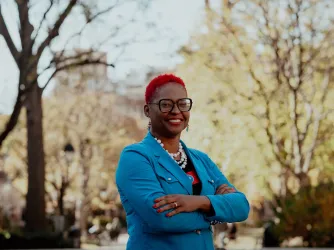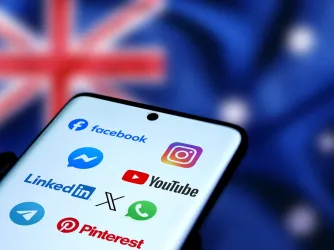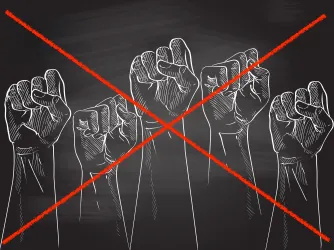Table of Contents
No, New Sexual Harassment Guidelines Are Not a Positive Step
Last week in an article for USA TODAY titled "New sexual harassment guidelines a positive step," Melanie Kruvelis followed in the footsteps of the Departments of Education and Justice by failing to distinguish between harassment—however it is defined—and physical assault. She observed that the federal "blueprint's" (PDF) newly mandated definition of sexual harassment—that is, "any unwelcome [verbal or physical] conduct of a sexual nature"—"hasn't been sitting well with free-speech advocates." Kruvelis even acknowledged the possibility of innocuous speech like requests for a date falling under this new definition. "But what the First Amendment champions are missing is the silencing of sexually violated men and women across the country today," she counters. On the contrary, what the ED, the DOJ, and Kruvelis herself are missing is that university policies mirroring this definition, which silence a significant amount of protected speech, will eventually lead to the silencing of everyone—including sexually violated men and women across the country. First, Kruvelis points to examples of rape cases as evidence that this change in harassment policy is necessary. In one case, an advisor suggested that an alleged rape victim should leave school. In another, a lack of physical evidence prevented a case from going forward. How would additional limits on student speech prevent these problems in the future? Kruvelis asks, "[I]s the off-chance that someone will report an innocuous question worth sacrificing the knowledge that rape survivors have someone to turn to at their school?" Putting aside the author's blithe dismissal of the chilling effect that such regulations will have, this is an apples-to-oranges comparison. Expanding the definition of sexual harassment to include protected speech (which, needless to say, is not assault) will not help protect victims of sexual assault, particularly after the fact. If anything, limits on speech about sex will impede the frank discussions that will be necessary to combat the problem of sexual assault in a meaningful way. We have already seen this happen in the case of Landen Gambill, the University of North Carolina at Chapel Hill student who was charged with intimidating the person she had accused of sexual assault (he was found not responsible for that assault—a result with which she disagreed) while criticizing UNC's handling of her case. Further, Kruvelis seems to use the words "harassment" and "assault" interchangeably, focusing in her headline on "harassment guidelines" but referring in her first sentence to "an issue plaguing campuses all across the country: sexual assault." She is conflating issues, and to some extent it's no wonder—two United States federal agencies have done so as well. Let's not forget that former Montana Supreme Court Justice Diane Barz, after her investigation, found (PDF) that the University of Montana "has a problem with sexual assault." (Emphasis added.) But rather than simply addressing the problem of policies and procedures relating to assault (and FIRE has significant concerns over those changes), the ED and DOJ used this finding to justify limiting free speech to that which will never make anybody uncomfortable. By expanding the definition of sexual harassment to include protected speech, the Departments of Education and Justice have taken not one step forward, but two steps back.
Recent Articles
Get the latest free speech news and analysis from FIRE.

LAWSUIT: Tennessee state employee sues after unlawful firing for Charlie Kirk post

FIRE statement on Trump demand for social media history of foreign tourists

Trinity College bans political activism over chalkboard messages
